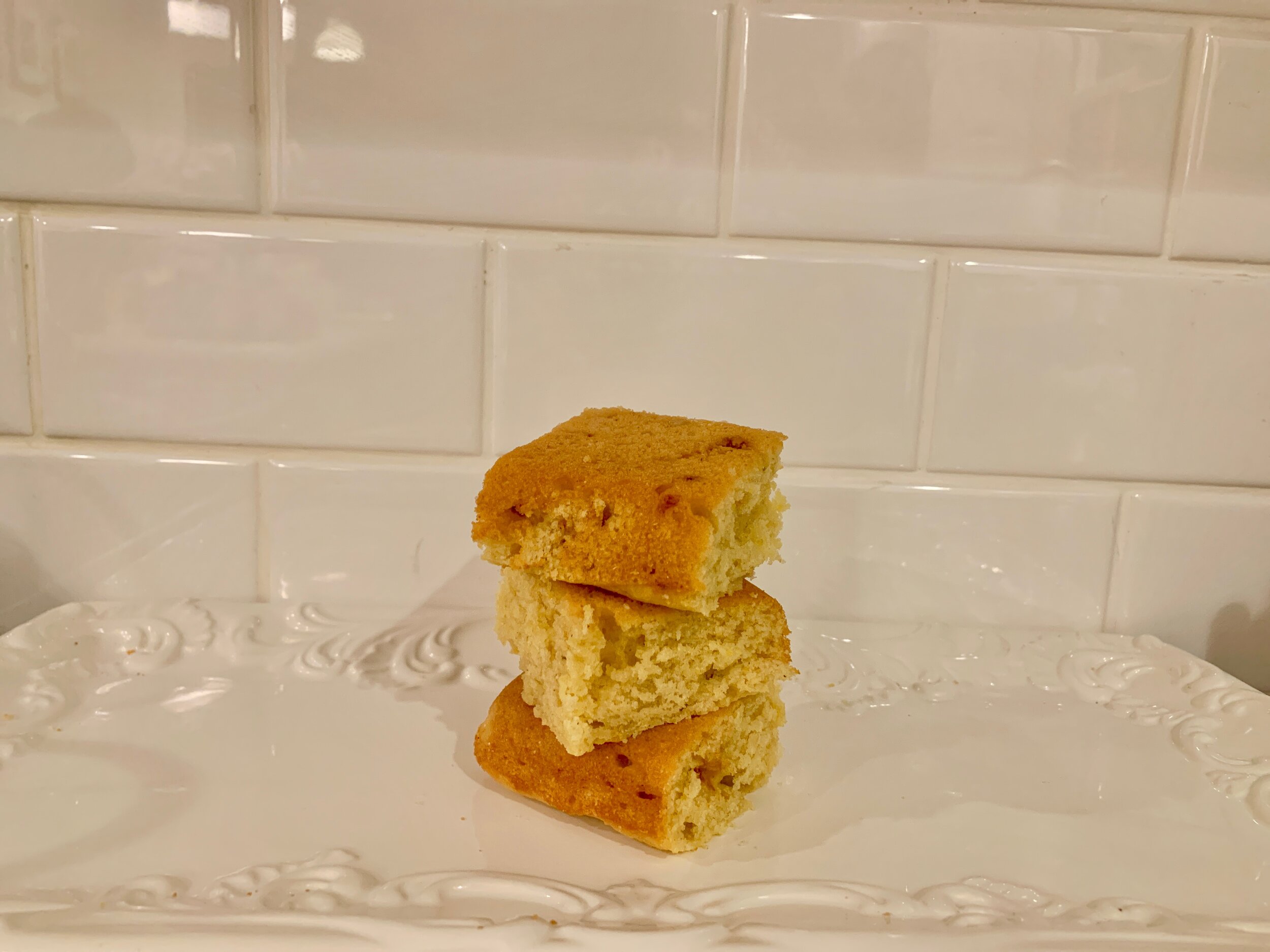Northern vs Southern Cornbread Recipes to Try
Author & Photographer: Tara Chugh
Depending on where in the United States you celebrate Thanksgiving, it may come as a surprise that the cornbread at your dinner table is not the same as the cornbread eaten in other parts of the country. I, for one, only ever knew cornbread as the sweet, cakey food at my Connecticut Thanksgiving celebrations. Turns out, cornbread is deeply rooted in United States history, and has taken on very different forms in different regions. Read on to find out what you need to know about Northern versus Southern cornbread, and my experience making and tasting them both.
Southern Cornbread
Around the time that corn became a dominant Southern crop, cornbread became the “daily bread” of the South. Corn pone was the earliest version of cornbread, and it was made out of three simple ingredients: cornmeal, salt, and water. Over time, people started adding more ingredients to the corn pone, including eggs, buttermilk, baking soda/powder, and even wheat flour. Despite these changes, two things have remained relatively constant: Southern cornbread has always been made in a cast-iron skillet, and it has always included little to no sugar.
In making Southern cornbread, I used the Real Southern Cornbread recipe from Food.com. This recipe requires the standard ingredients for Southern Cornbread, including cornmeal, flour, buttermilk, and small amounts of sugar and unsalted butter. I also made it in a cast iron pan (or else it would not be Southern cornbread!).
Below is the final product:
This cornbread came out of the oven in its sizzling skillet with a lovely golden top. It had a dry, crumbly, bread-like texture, as is to be expected from traditional Southern cornbread. This cornbread was not sweet, and the flavor of the cornmeal was distinctive, but not overpowering.
The verdict: While on its own, Southern cornbread may be underwhelming, it’s neutral flavor and crumbly texture make it the perfect vessel to soak up liquidy foods, like cranberry sauce or turkey gravy. Or, it can be eaten on its own, perhaps mixed with gooey cheese or spicy jalapeños. Overall, Southern cornbread is extremely versatile and pairs nicely with a wide variety of sweet or savory foods.
Northern Cornbread
In contrast to the dryer, less-sweet nature of Southern cornbread, Northern cornbread is much more cakey and sweet. Indeed, colonial Americans made their cornbread with molasses to sweeten it. Also, Northern cornbread sometimes uses milk rather than buttermilk. It almost always includes significant proportions of wheat flour, and it is cooked in a baking pan instead of a skillet. Unlike Southern cornbread, Northern cornbread is often eaten on its own as a stand-alone dessert.
The recipe that I used to make Northern cornbread was My Favorite Cornbread Recipe from Sally’s Baking Addiction. In case you were wondering, Sally is, of course, from a Northern state— Maryland, specifically. This recipe includes large amounts of sugar, honey, and melted butter, which distinguishes it from the Southern cornbread recipe.
When the cornbread came out of the oven, the top of it was very pale in color, but I flipped it over to reveal its golden edges and bottom, as the recipe suggested.
The cornbread was very moist and was almost the texture of a sponge cake. It was also sweet- not overwhelmingly so, but still much more sweet than its Southern counterpart. The corn flavor was very subtle, and was matched by the faint flavor of honey.
The verdict: Northern cornbread’s cakey texture and sweetness allow it to be a stand-alone dish, complete without any mix-ins. It can still be used to soak up other foods, like cranberry sauce, but its sweetness makes it less versatile than Southern cornbread, and more suited to accompany other sweet foods.
Final Thoughts
I hope you now have a better idea about the different cornbreads enjoyed in different regions of the United States, and perhaps you are now inspired to make a new type of cornbread that you have never tried before!




